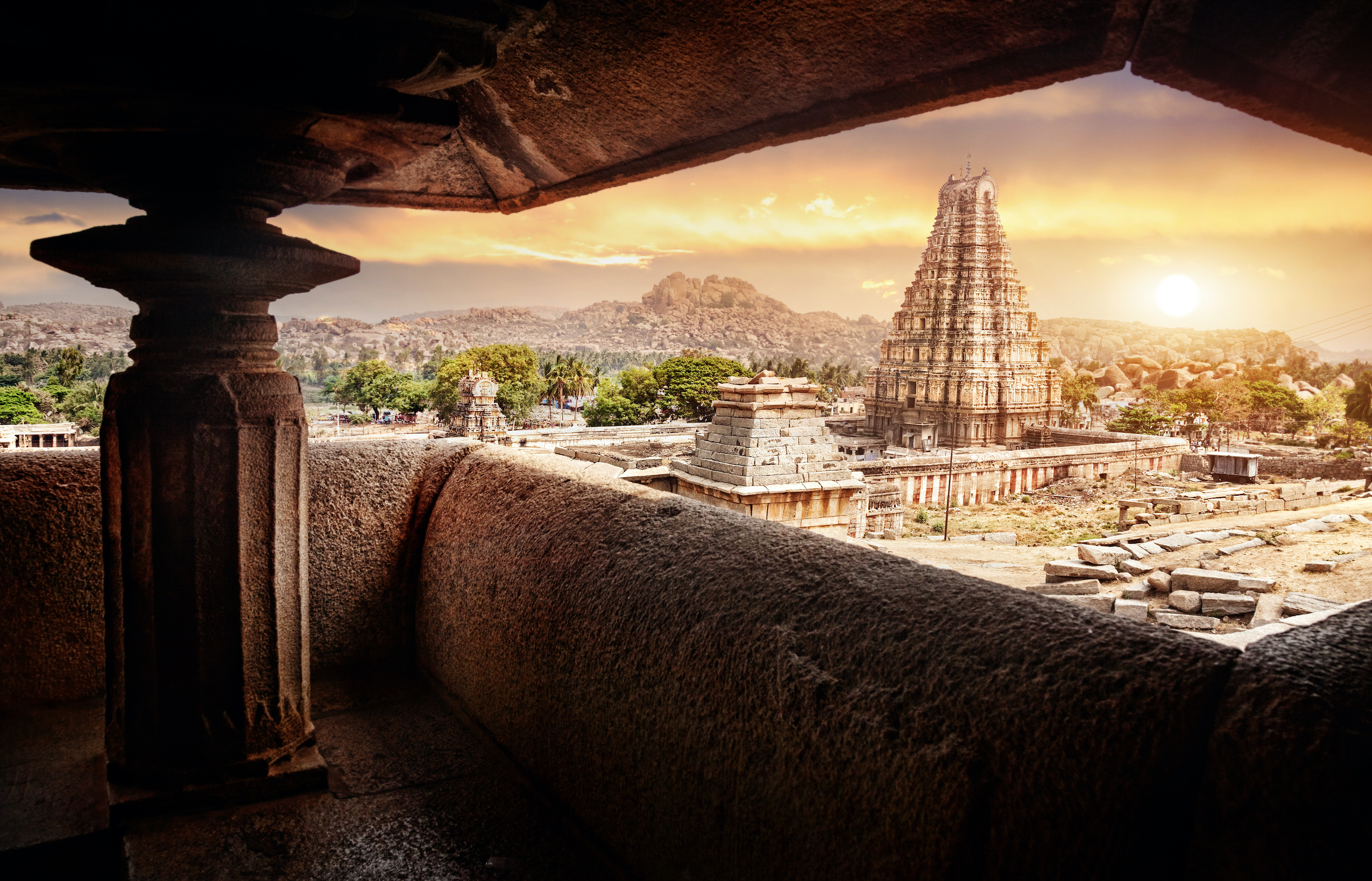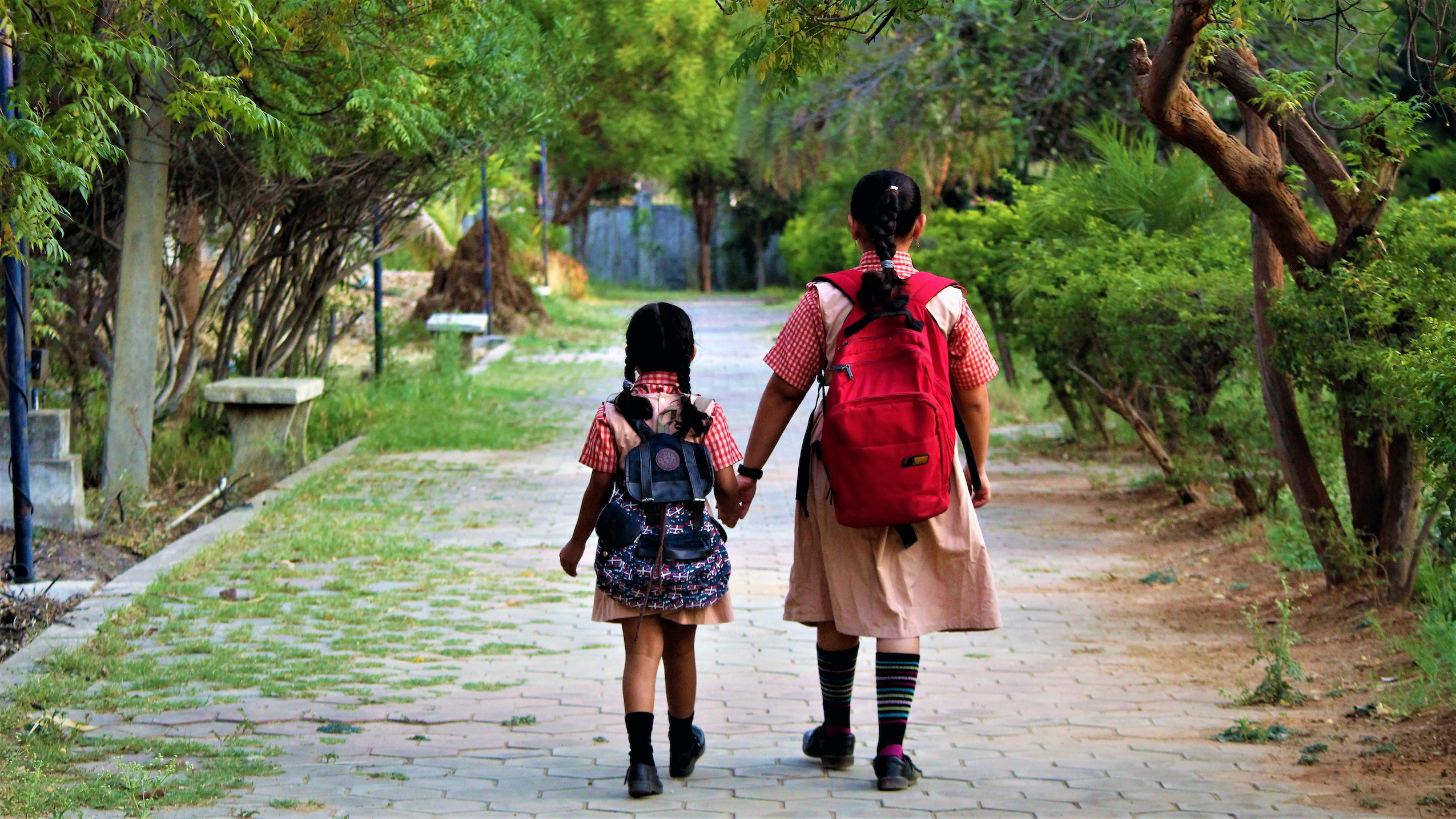India is a wonderful country to study the economics of religion. It has many diverse faith traditions, and religious participation has historically been robust throughout the country.
Hinduism is the majority religion in India. Followers comprise about 80% of the population. Moreover, it also has a significant minority community of Muslims. Despite being a minority community, however, there are 150 million Muslim people, about 15% of the population. Naturally, Islam differs significantly from Hinduism in many regards. India also has Christians, Sikhs, Jews and Buddhists.
India is a very multi-religious country. This mix of religions helps individuals create an appreciation of other traditions. Indian children, for example, are brought up aware that their countrymen belong to different religions, communities, castes and so forth. On the one hand, this diversity is a good thing. On the other hand, conflicts sometimes occur between religious groups.
Overall, the economics of religion in India looks at both the individual and group levels. At the group level, it considers how religious groups operate in terms of public goods provision and whether that provision can mitigate conflicts.
Growing aspirations
I’ve been writing a lot about the rising economic inequality occurring alongside India’s increased economic growth. I’ve been arguing that with this increase in economic inequality, the population across all faiths is becoming overly aspirational. People want education, good healthcare, jobs, access to credit, help with childcare and so on.
My argument has been that if provisions like education and so forth are not being provided adequately, then there is rising demand. Indeed, the increasing economic inequality creates a situation where the state is not fully meeting these demands. Instead, non-governmental organisations are covering the shortfall.
I’ve been primarily looking at whether religious organisations are stepping in to fill this breach. More specifically, I’ve been considering whether they provide some basic services to meet the growing aspirations of less affluent populations.
The outcome of inequality
Through our research, me and my colleagues’ have seen that mainly poor populations are using services provided by religious organisations. This finding is clearly related to inequality. However, this circumstance also provides a channel through which religious organisations can attract adherents and donations.
Regardless, we have documented that this has been occurring to a high degree during the recent periods of India’s rapid economic growth. These periods of growth have coincided with increasing inequality and the resulting demand for services among the poor. Sure enough, religious organisations are stepping in to fill the gap, perhaps because of the lack of state provision. From a public policy perspective, this oversight is where economists need to focus our energies.
This work also suggests that we need to be developing secular service provisions because non-governmental organisations have to cover the shortfall. We’re interested in this connection because, if you look at the history of the United Kingdom, the introduction of the welfare state marked a decline in the influence of religion. As a result, one could argue that a dysfunctional welfare state forces other organisations to step in. In this way, religious organisations are acting as a kind of insurance mechanism for poorer populations.
Religious competition
As an economist looking at the religious market landscape in India, I focus on religious competition. In fact, some of the research I’ve done with co-authors in Cambridge is centered upon the aspect of competition.
In our most recent research on the economics of religion in India, we interviewed religious organisations. We asked what they knew about other religious services and non-religious services provided by other organisations within their same religion and other religious organisations in the same area. We were surprised to learn how much everyone knew about everyone else. Organisations often made a distinct move to provide services because separate organisations were providing similar services.
In other words, we observed that organisations were providing services because of the moral imperative as well as the result of competition. While it seems strange to talk about faith-based provision using economic terms, that’s what we are observing on the ground.
Ideally, anyone from any caste or any religion should experience equality of opportunity. You don’t necessarily want equality of outcome – everybody with the same income and education – because then there would be no incentives to work hard and succeed. Yet, if somebody wants to get a government job in the current system, they should have access to the relevant education and opportunities.
How do you achieve this when there are inequalities in education, access to land, access to jobs and so forth? Moreover, there may be disparities in access to necessities. Indeed, this is a fundamental problem to be solved.
My view is that we can accomplish this through education. After all, education is how people can compete in an open labor market. We must also recognise the role that social status plays in different communities over time. In India, this is particularly relevant to communities like the Scheduled Castes and the Scheduled Tribes that have historically been less well-off than the Hindus.
Avoiding conflict
Some of the work that we were doing was looking at religious conflict in India. Frequently, the causes of conflicts were not about religion but property disputes. Often, they were land disputes, business disputes or other disputes. That said, sometimes economic disadvantages and disputes are given the appearance of religious conflict. However, the underlying causes are unrelated to religion.
In a country like India, which has a large minority population, these issues need to be considered within a broader perspective. Historically, the states in India are well aware of these issues and have been trying to address them in various ways.
Still, as economic growth continues, inequality will rise. There is no automatic tendency for inequality to fall as the economy develops without public intervention.
From a public policy perspective, I think the notion of religion and cooperation is essential. After all, India is a constitutionally secular, liberal country. I think the plurality of faiths and the plurality of opinions are as important as ever. Moreover, I think it is the case that religion and politics in India have become closely intertwined.
We must be mindful of this moving forward. If we want to adhere to the beliefs of India’s founding fathers, I think we very much need to preserve that secular identity. Within this secular framing, we must think about how to work with different religious traditions. This is an essential long-term goal for the country.


